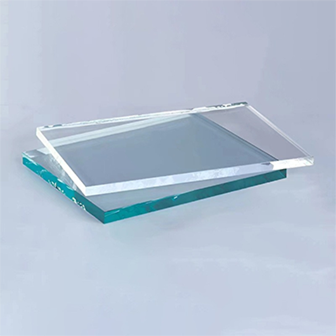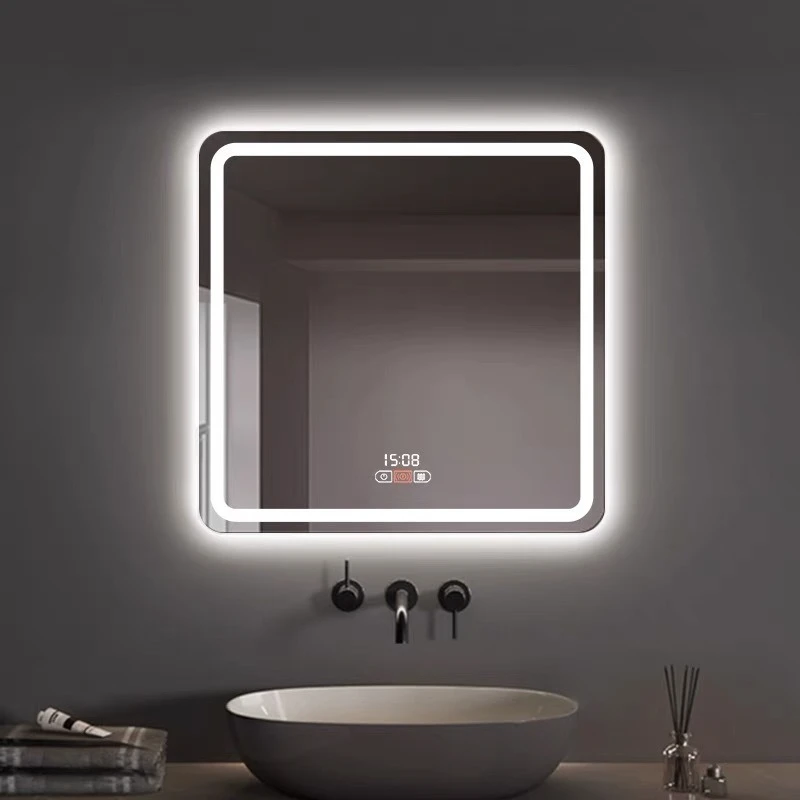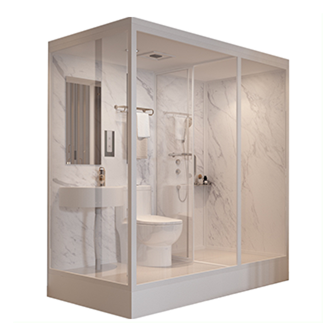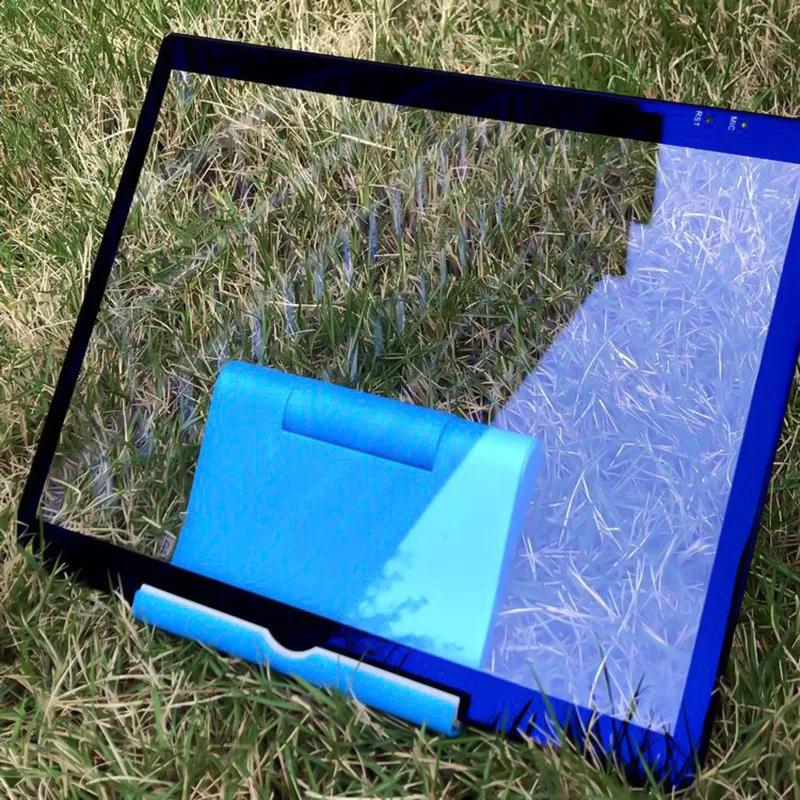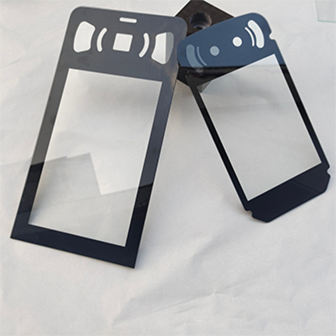Sep . 30, 2025 06:20 Back to list
Tinted Glass: Heat Absorption & Light Reduction | SHAHE SHOTT GLASS Co., Ltd.
Tinted glass has become a cornerstone in modern architectural design, offering a unique blend of functional performance and visual appeal. As buildings increasingly prioritize energy efficiency and aesthetic versatility, tinted glass stands out as a versatile solution. This article explores the features, advantages, technical specifications, and applications of tinted glass, along with insights into its manufacturer, SHAHE SHOTT GLASS Co., Ltd.
Understanding the Features of Tinted Glass
Tinted glass is a type of colored glass manufactured by adding specific colorants to ordinary clear glass during production. This process not only imparts a distinct hue but also enhances its ability to manage solar radiation. The primary functions of tinted glass are heat absorption and light reduction, making it ideal for environments with intense sunlight.
Heat Absorption: A Key Functional Benefit
One of the most significant advantages of tinted glass is its ability to absorb solar heat. According to solar control testing, tinted glass outperforms clear float glass in terms of solar-radiation absorption. For instance, a 6mm thick clear float glass has a heat transmittance of 84%, while tinted glass reduces this to approximately 60%. The darker the color, the lower the heat transmittance, making tinted glass an excellent choice for regions with high solar exposure.
By integrating tinted glass into building designs, architects can significantly reduce the need for artificial cooling systems, thereby lowering energy consumption and operational costs. This makes tinted glass a sustainable choice for both commercial and residential structures.
Light Intensity Reduction: Enhancing Visual Comfort
In addition to heat absorption, tinted glass effectively reduces the intensity of sunlight. This feature is particularly beneficial in low-latitude and desert regions where sunlight is extremely strong. By softening the light entering a space, tinted glass helps create a more comfortable and visually appealing environment.
For example, in office settings, excessive sunlight can cause visual fatigue and reduce work efficiency. Tinted glass provides a solution by controlling indoor light levels, ensuring a balanced and productive workspace. Furthermore, advanced coating technologies can transform tinted glass into reflective glass, enhancing its performance in energy-efficient applications.
Learn more about reflective glass
Advantages of Tinted Glass
Tinted glass offers a range of benefits that make it a preferred choice for various applications. These advantages include energy efficiency, aesthetic enhancement, and durability.
Energy Efficiency and Cost Savings
The heat absorption properties of tinted glass contribute to improved energy efficiency. By reducing the amount of solar heat that enters a building, tinted glass minimizes the reliance on air conditioning systems, leading to lower energy bills. This is particularly advantageous in regions with hot climates, where cooling costs can be substantial.
Moreover, the use of tinted glass in conjunction with reflective glass can further enhance energy performance. This combination creates a barrier against solar radiation, ensuring that buildings remain cool and comfortable without excessive energy consumption.
Aesthetic Versatility
Tinted glass is not only functional but also aesthetically pleasing. It comes in a variety of colors, including Golden Bronze, Euro-Bronze, Dark Grey, Euro Grey, Black, F-Blue, Dark Green, F-Green, and Ocean Blue. This wide range of options allows architects and designers to customize the look of a building to suit specific design themes.
Additionally, tinted glass can be used in interior decoration to add a touch of elegance and sophistication. Whether applied to windows, partitions, or furniture, tinted glass enhances the visual appeal of a space while maintaining a sense of privacy and comfort.
Durability and Longevity
Tinted glass is known for its durability and resistance to weathering. It is manufactured to withstand harsh environmental conditions, making it suitable for both indoor and outdoor applications. The addition of colorants during production also enhances its resistance to fading, ensuring that the glass maintains its appearance over time.
Furthermore, tinted glass can be further processed to improve its strength and safety. Options such as tempering, laminating, and cutting to size allow for greater flexibility in design and application. This adaptability makes tinted glass a versatile material for a wide range of projects.
Technical Specifications of Tinted Glass
Tinted glass is available in various sizes, thicknesses, and colors, catering to diverse architectural and design needs. The following table provides a comprehensive overview of the product specifications:
| Size (mm) | 1650x2140, 1830x2440, 2140x3300, 2440x3300 or other custom size |
|---|---|
| Thickness | 4mm, 5mm, 6mm, 8mm |
| Color |
|
| Applications | Architecture, furniture, decoration |
Applications of Tinted Glass
Tinted glass is widely used in various applications, ranging from architectural facades to interior design and automotive glass. Its versatility and performance make it a popular choice for different sectors.
Architectural Use
In architectural design, tinted glass plays a crucial role in the exterior appearance of building facades. It helps manage solar heat and light, creating a more comfortable indoor environment. For example, in commercial buildings, tinted glass reduces the glare and heat that can cause visual fatigue, thereby improving work efficiency.
Additionally, tinted glass is used in residential buildings to enhance privacy and aesthetic appeal. Its ability to control light transmission ensures that indoor spaces remain bright yet comfortable, even during peak sunlight hours.
Interior Decoration
Tinted glass is also a valuable material for interior decoration. By incorporating tinted glass into different parts of a room, such as partitions, windows, and furniture, homeowners can elevate the visual appeal of their living spaces. The unique color options of tinted glass allow for creative design solutions that blend functionality with style.
Moreover, tinted glass can be used in areas that require a balance between transparency and privacy. For instance, in bathrooms or offices, tinted glass provides a sleek and modern look while maintaining a level of seclusion.
Automotive Applications
Tinted glass is commonly used in automotive glass to block incoming sunlight and reduce glare. This feature is particularly important for drivers, as excessive sunlight can impair visibility and increase the risk of traffic accidents. By using tinted glass in vehicle windows, manufacturers can enhance driver safety and comfort.
Furthermore, the durability of tinted glass makes it suitable for automotive applications, where it must withstand various environmental conditions. The ability to customize the color and thickness of tinted glass allows for tailored solutions that meet specific vehicle design requirements.
Company Background: SHAHE SHOTT GLASS Co., Ltd.
SHAHE SHOTT GLASS Co., Ltd. is a leading manufacturer of high-quality glass products, including tinted glass. With a commitment to innovation and customer satisfaction, the company has established itself as a trusted name in the glass industry.
As a manufacturer, SHAHE SHOTT GLASS Co., Ltd. offers a wide range of tinted glass products, catering to diverse applications. The company's expertise in glass processing technologies enables it to provide customized solutions for clients. Whether it's tempered glass, laminated glass, or cut-to-size glass, SHAHE SHOTT GLASS Co., Ltd. ensures that its products meet the highest standards of quality and performance.
Explore our full range of tinted glass products
Product Display
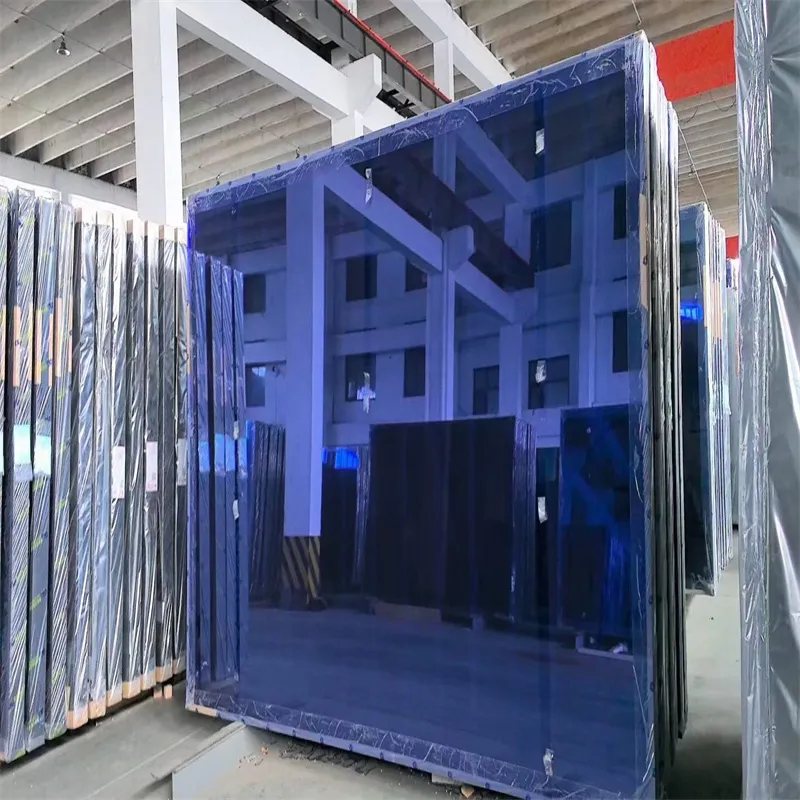
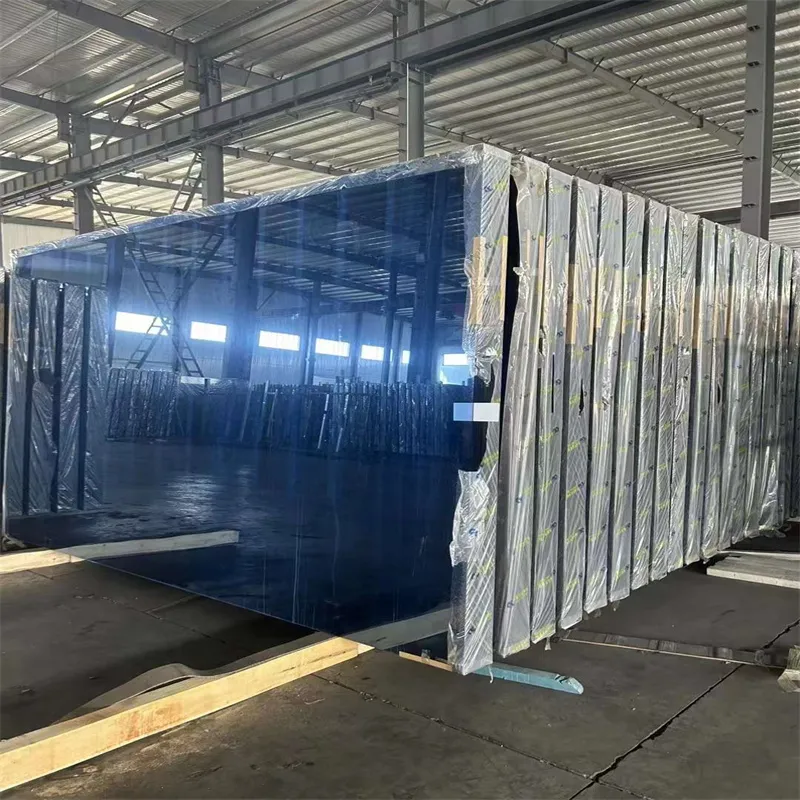
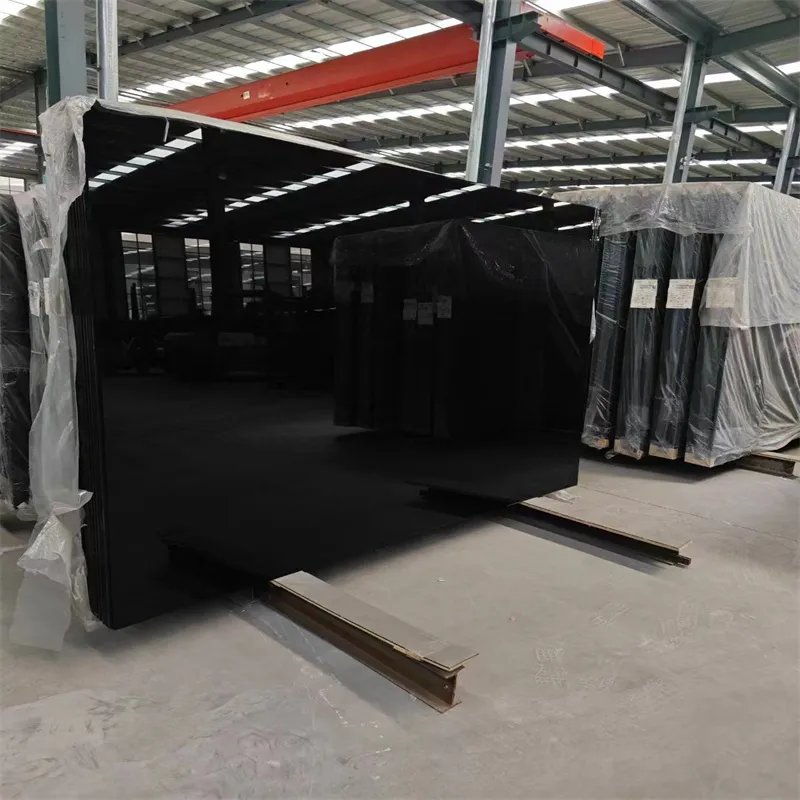
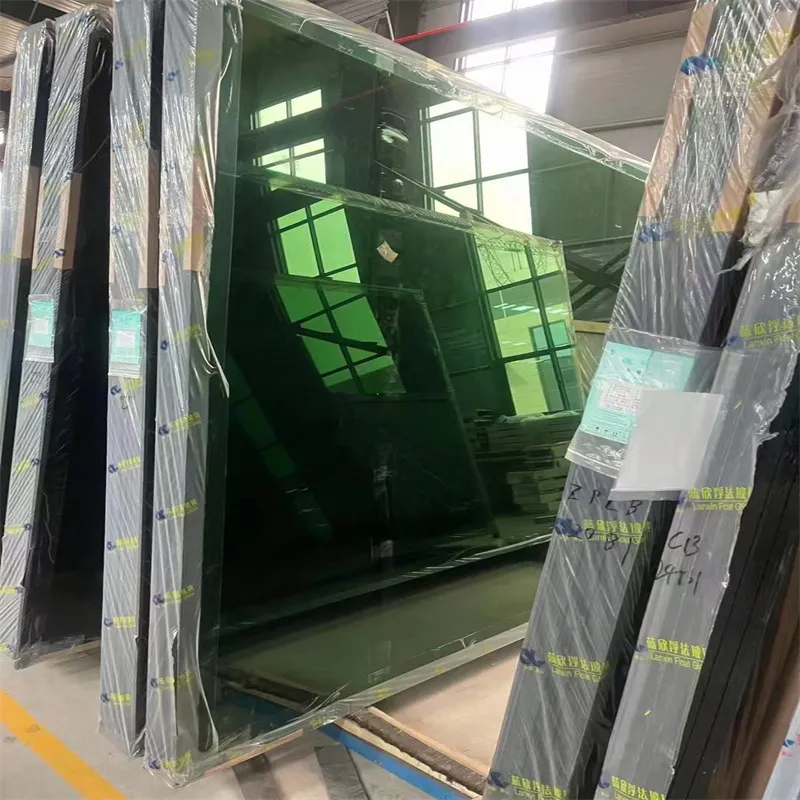
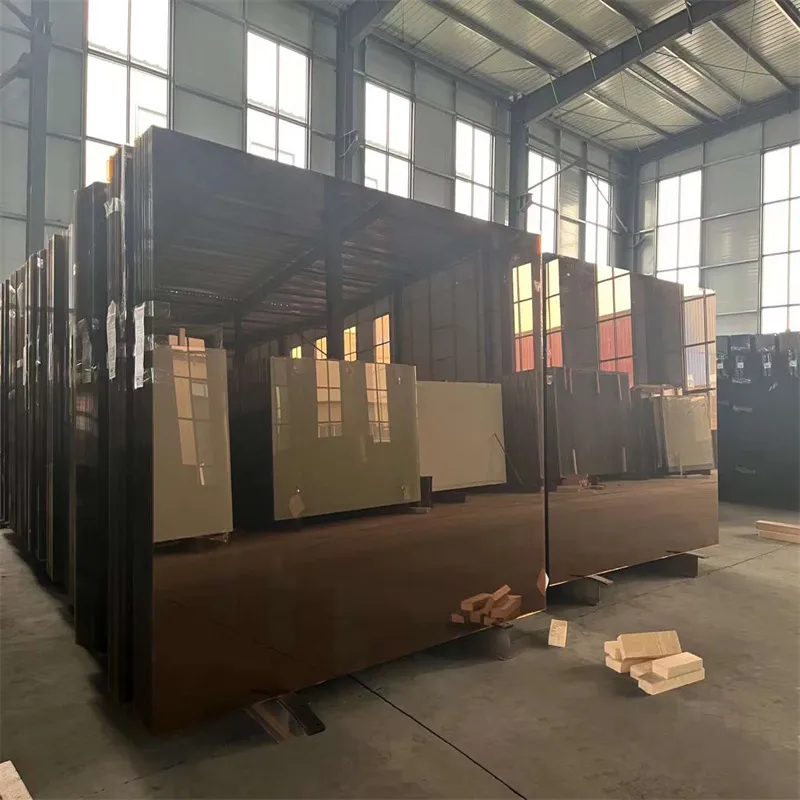


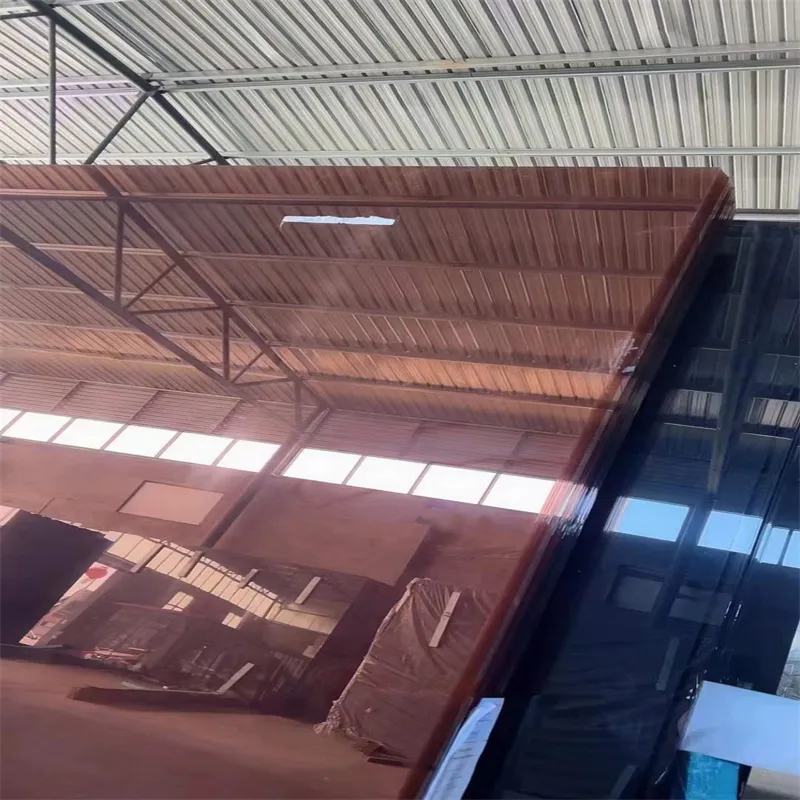
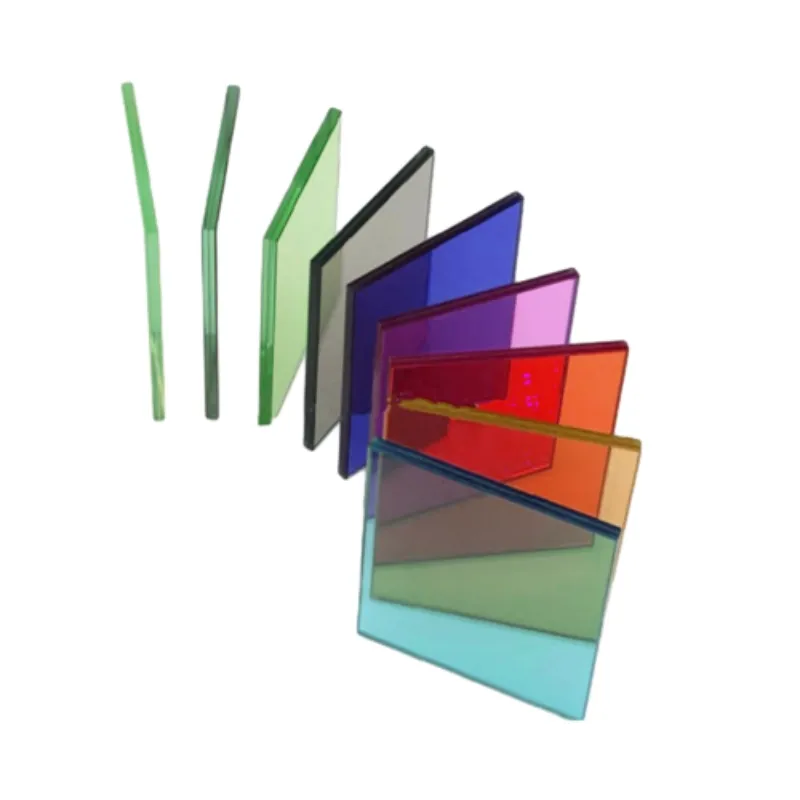
References and Authoritative Citations
While the specific standards for tinted glass were not found in the initial search, the National Institute of Standards and Technology (NIST) provides valuable resources on materials and energy efficiency. For further information on glass standards and performance metrics, refer to the NIST website: https://www.nist.gov/. The search for "tinted glass standards NIST" returned a 429 error, indicating potential limitations in accessing real-time data. However, NIST's research on energy-efficient materials and building technologies remains a critical reference for the glass industry.
Authoritative Sources:
Conclusion
Tinted glass is a versatile and innovative material that offers numerous benefits for modern architecture and design. Its ability to absorb heat, reduce sunlight intensity, and enhance visual aesthetics makes it a valuable asset in various applications. With its wide range of colors, customizable options, and durability, tinted glass continues to play a significant role in creating energy-efficient and visually appealing spaces.
For more information about tinted glass and its applications, visit SHAHE SHOTT GLASS Co., Ltd. or explore the latest advancements in glass technology through authoritative resources like NIST.
-
Types of Reflective Glass
NewsNov.17,2025
-
What Is Dichroic Glass?
NewsNov.17,2025
-
Smart LED mirrors can have touch controls
NewsNov.17,2025
-
Laminated glass improves energy efficiency
NewsNov.17,2025
-
Insulated glass enhances building comfort
NewsNov.17,2025
-
Acid etched glass offers elegant privacy
NewsNov.17,2025
Related PRODUCTS


